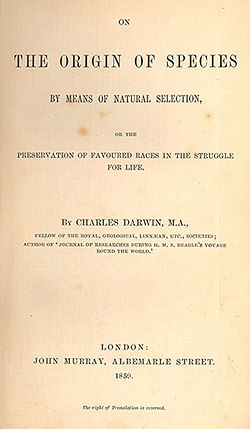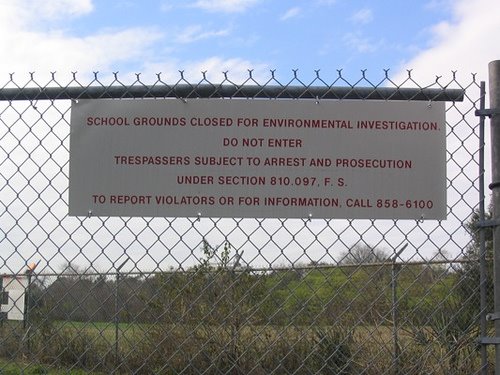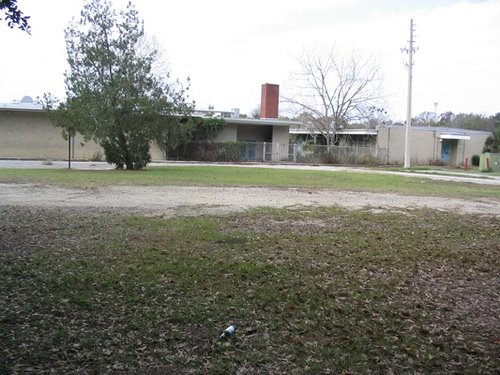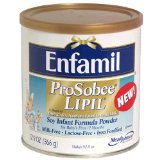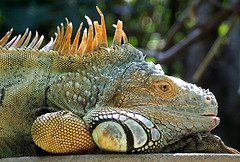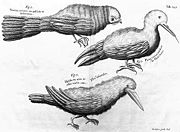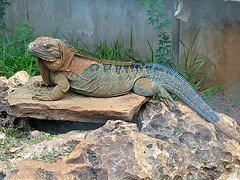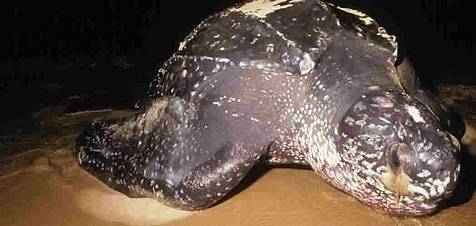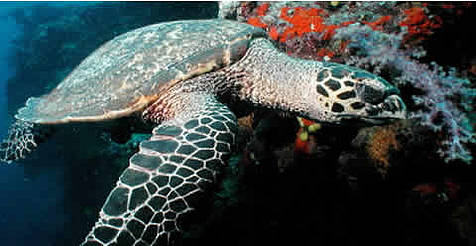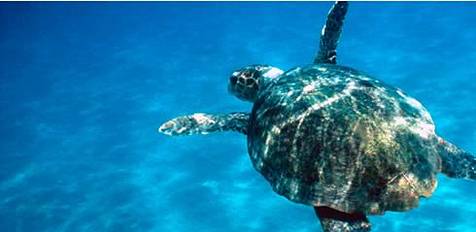Genetically Modified Foods
There are many genetically modified foods in the local grocery stores with the debut appearance in 1994 by Flaur Saur. Genetically modified foods are foods in which the DNA has been altered by some form of genetic enigneering. Plants such as soybean, corn, canola, cotton, and seed oil were the first foods to be gentically modified and was followed by tomatoes and potatoes.While genetically modified foods do help in ensuring that stravation is kept minimal, they also have their drawbacks. Through genetic altering, theses foods have been changed such that the crops have pest resistance, herbicide tolerance, disease resistance, cold tolerance and/or drought (sailiant) tolerance ensuring a bigger crop for the growing population. According to scientists, these foods may have an adverse effect on the environment, disrupt the food chain and cause serious damage to human health.
The ability of these foods to cause so much damage has had a positive impact of some countries. For instance, Venezuela, in 2004, banned genetically modified plants and seeds and in 2005, the Hungarian government stopped the import and planting of genetically modified foods.
Tomatoes and sweet corn are not the only items in the grocery stores that have been modified. Other everyday items include Frito-lay Fritos corn chips, Kellog's Corn Flakes, Ball Park Franks, Ultra Slim, Quakers Yellow Corn Meal, Aunt Jemima Pancake Mix and Dry pet food. In a report published in September 1999, sad but true, baby items such as Enfamil ProSolee Soy Formula, Heniz Z Baby Food, Similac Isomil Soy Formula and Nestle Carnation Infant Formula was found to have unlabeled genetically modified ingredients. Although, these ingredients were found to be safe, the question is still asked, where isn't there genetically modified foods?
The only way to ensure that you do not purchase genetically modified food is to purchase certified organic food. You can also go online and gain a list of food with genetically modified ingredients in them.

